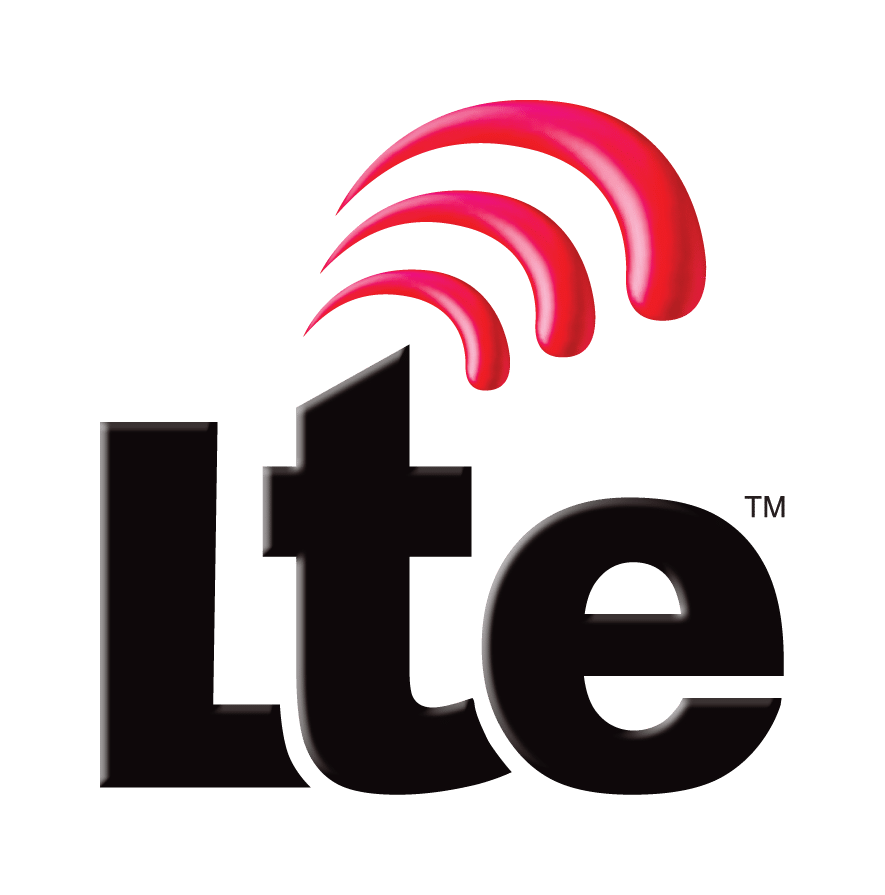LTE responds to the growing need for transmission of high volumes of data, for example, for real time video transmission or for new applications and services that require larger bandwidths. Its network architecture has been designed to natively provide management of mobility and quality of service.
The main objective of LTE is to provide high speed data radio access technology, low latency and optimization of packets that enable flexible deployment of the bandwidth. At the same time, its network architecture has been designed with the aim of supporting packet switching traffic with seamless mobility and great quality service.

3GPP started to introduce mission critical (MC) functionalities and services in 2016 based on release 13 of the standard. These functions, known as MCX (MC-PTT/MC-Data/MC-Video), are being gradually incorporated into the following versions of the standard, and they allow LTE broadband technology to better meet with the needs of users of mission critical communications.
LTE offers users the option of accessing wireless broadband communications systems, and integrating them with TETRA radio systems, or not, through the standard 3GPP IWF (Interworking Function). This deployment alternative for hybrid networks can be very convenient in certain cases where the client wants to protect the investment that was made previously, and where they want to operate between technologies.


